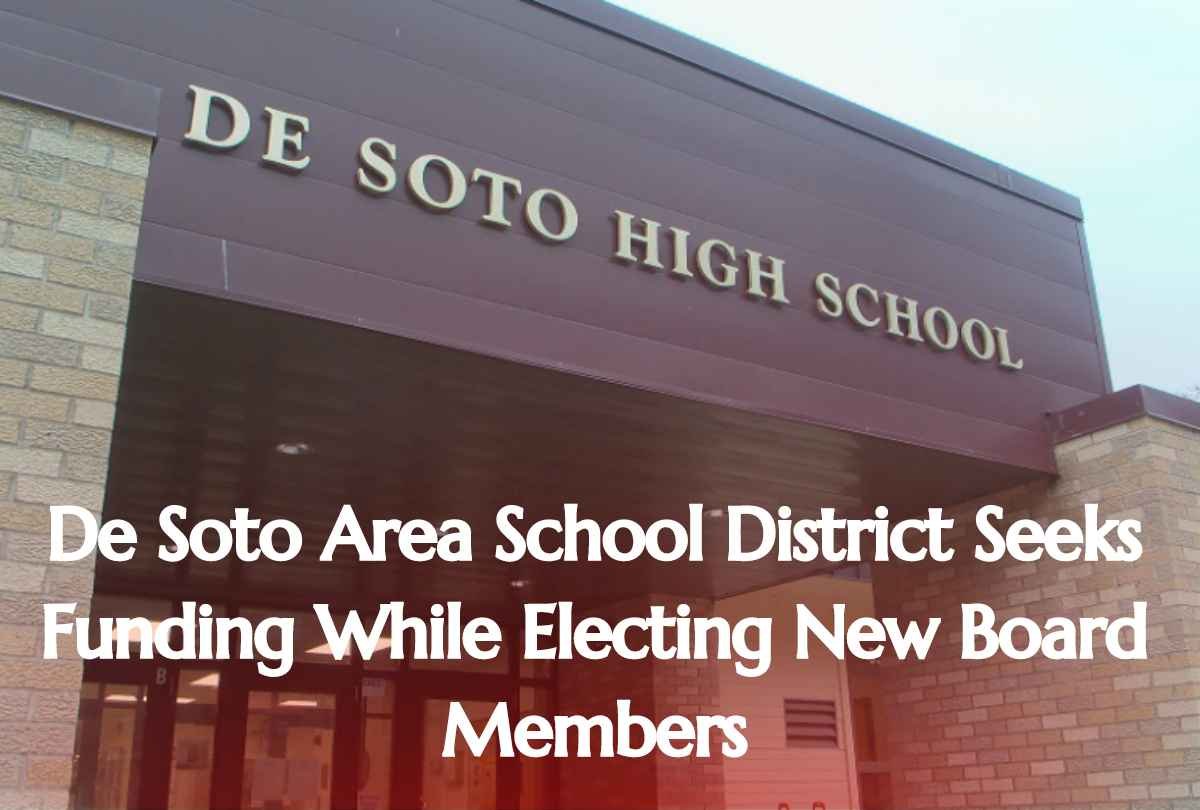The De Soto Area School District in Vernon and Crawford Counties, Wisconsin has two major decisions in front of voters this year – a property tax raising referendum to maintain programs and staff, and an open school board seat.
This blog will analyze the details and voter perspectives on both crucial votes for the district’s future.
Table of Contents
De Soto Area School: $4.8 Million Referendum Would Fund Staff and Programs
Facing budget pressures, the De Soto Area School Board has put forth a $4.8 million recurring referendum on the ballot. If passed, this referendum would increase property taxes by $225 per year for every $100,000 of home value while preserving staff and programs.
Proponents argue that with state-level education budgets getting cut, local communities need to step up funding to:
- Maintain reasonable class sizes
- Retain arts, language, and technical education programs
- Compensate staff adequately amid high inflation
However, opponents note that property tax rates have been rising for years around Wisconsin and citizens are facing fatigue over more increases. Others feel administration costs are too high or programs should be cut instead.
“Our taxes keep going up while fixed incomes stay flat – enough is enough for working folks,” said Martha Adams, a voter from the village of De Soto.
The referendum’s fate lies with getting over 60% voter support. Recent polling showed solid backing but many undecided as well.
Read Also: Massive Hailstorm in Yiwu Smashes Cars and Causes Millions in Damage
Contested School Board Seat Goes to Stevermer
In addition to the funding vote, the April school board election resulted in Marc Stevermer easily beating opponent Ryan Venner.
Stevermer took 65% of ballots cast compared to 35% for Venner. His main priorities include:
- Increasing technical education programs to prepare students for local trades
- Holding administration accountable on budgets before further tax hikes
- Maintaining quality extracurricular activities for student engagement
Venner conceded the race but urged the board to still consider staff pay raises and infrastructure upgrades during tight fiscal times.
Stevermer will join the De Soto School Board with a likely mandate to control spending while keeping school performance high. How he works to balance these interests will greatly shape the district’s trajectory.
Moving Forward: Finding a Funding-Service Balance
De Soto Area Schools have seen enrollment and programming grow substantially since 2000, along with Wisconsin’s state funding contributions shrink. This squeeze means the district has become more reliant on passing referendums so the schools stay competitive.
But taxpayers also don’t want to break the bank on ever-increasing property taxes. This tension requires balancing student opportunities with community affordability.
In coming years, the board must oversight prudent budgets while communicating needs effectively with voters. If done right, De Soto schools can continue graduated college-ready and career-equipped young adults – the district’s stated goal.
Careful cooperation between the newly elected Stevermer-led board, Superintendent, parents, staff and voters offers the best path toward funding stability. While challenges remain, the De Soto Area School District can certainly maintain its tradition of education excellence with sound planning.




